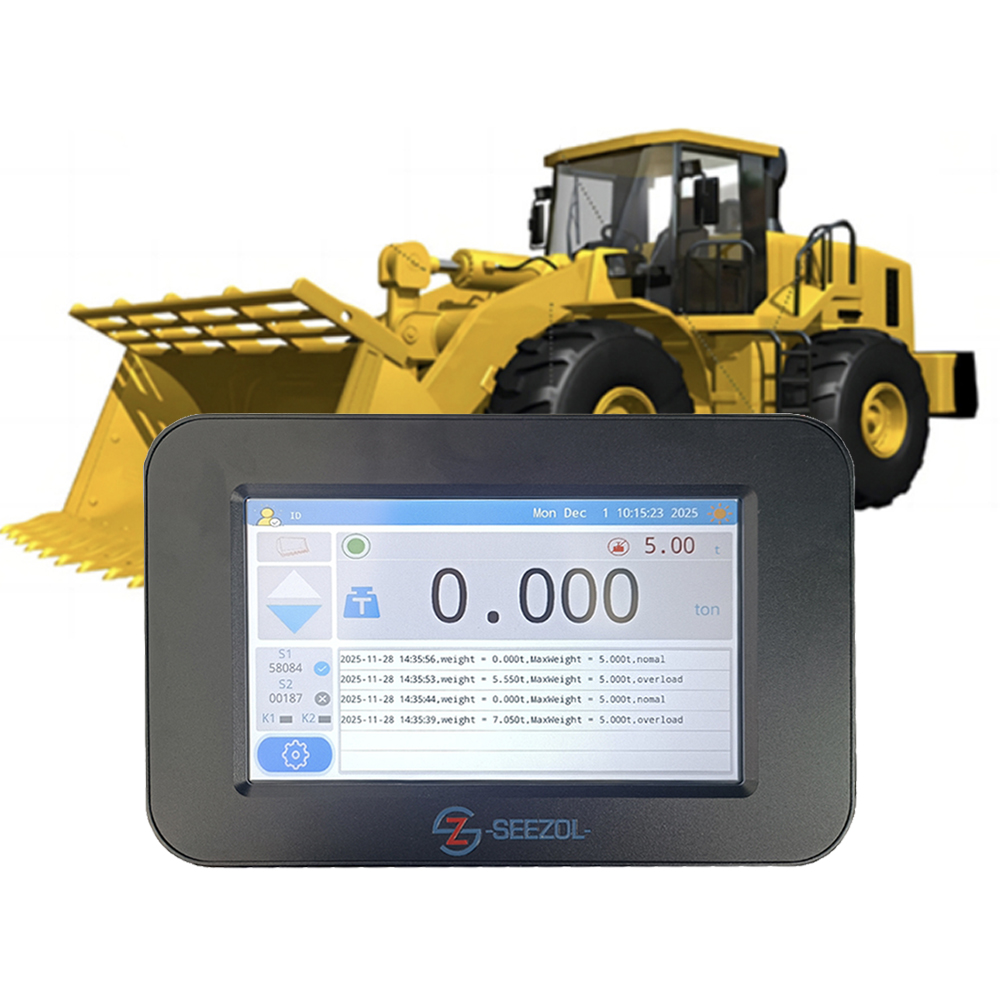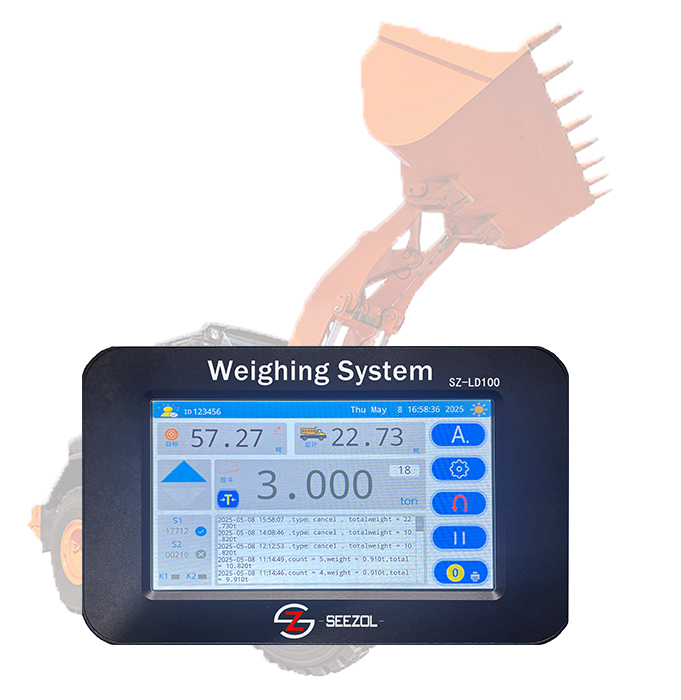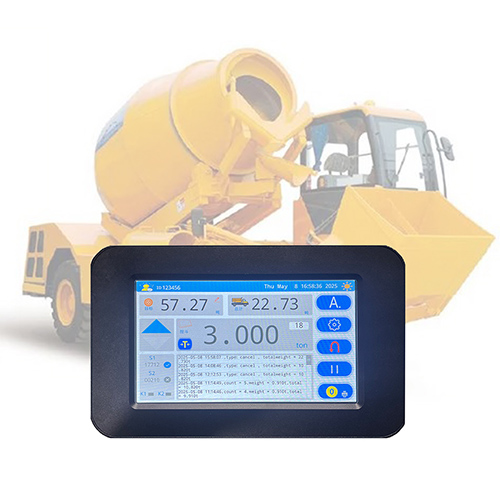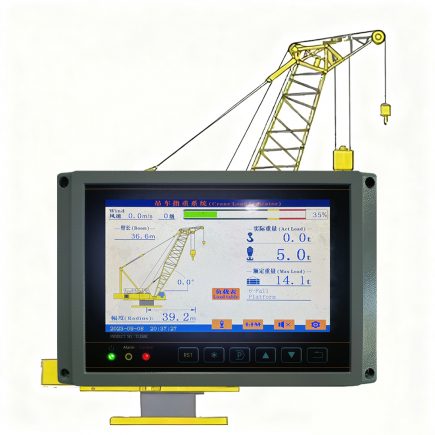SeeZol 科技确保其起重机 负载力矩显示器(LMI)通过全过程控制,确保符合相关标准。主要措施如下:
一、设计制造:从源头满足标准
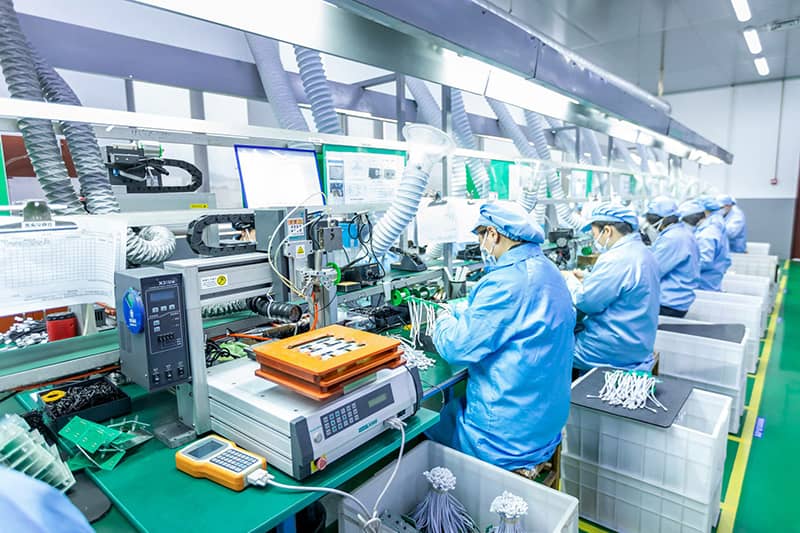
- 与技术参数一致
我们根据目标市场标准(如中国的GB 7950和国际ISO 8686-4)明确精度(如±5%)、报警阈值(如额定时刻的95%报警)、硬件性能(抗电磁干扰、防护等级)等核心要求,并将其纳入设计规范。 - 验证和测试
样机经过全条件模拟和物理测试,模拟不同半径和负载下的报警和断电功能,确保符合标准逻辑(例如,在额定力矩的105%下切断不安全运动)。
二、安装调试:精准部署
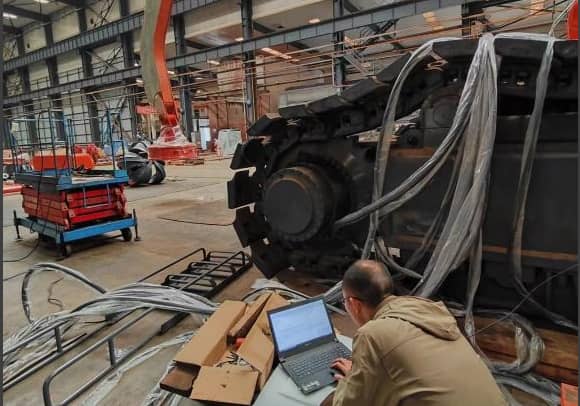
- 标准化安装
传感器固定在关键位置(例如,吊臂铰链点、挂钩附近),以避免电磁干扰;电缆保护和外壳等级(IP65)满足环境要求。 - 校准和验证
采用专业设备(激光测距仪、称重传感器)对不同工况下的测量结果进行校准,确保偏差在标准范围内。测试报警及保护功能的时效性,杜绝误操作。
三、检验检测:权威认证
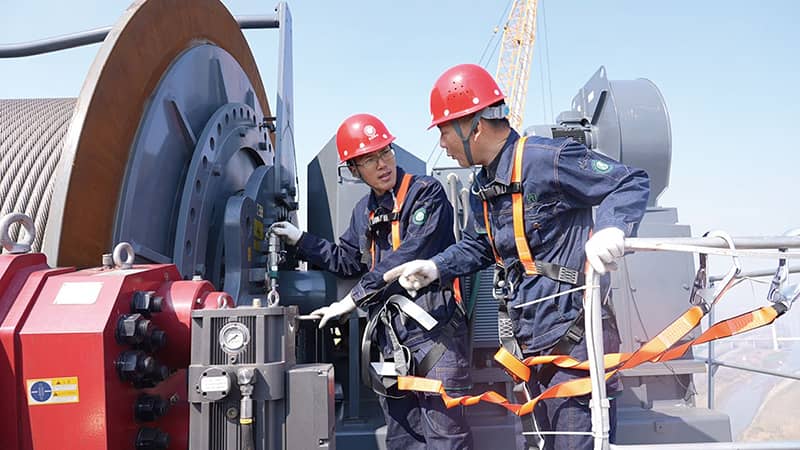
- 工厂和类型测试
SeeZol 的每件产品都经过出厂检验(功能性和准确性)。新产品在推出前要经过第三方类型测试(如对极端环境的适应性),以获得认证。 - 安装后验收
特种设备检验机构进行现场负荷试验,确认报警阈值、断电逻辑等符合标准,验收合格后方可投入使用。
四、运营与维护:维持合规
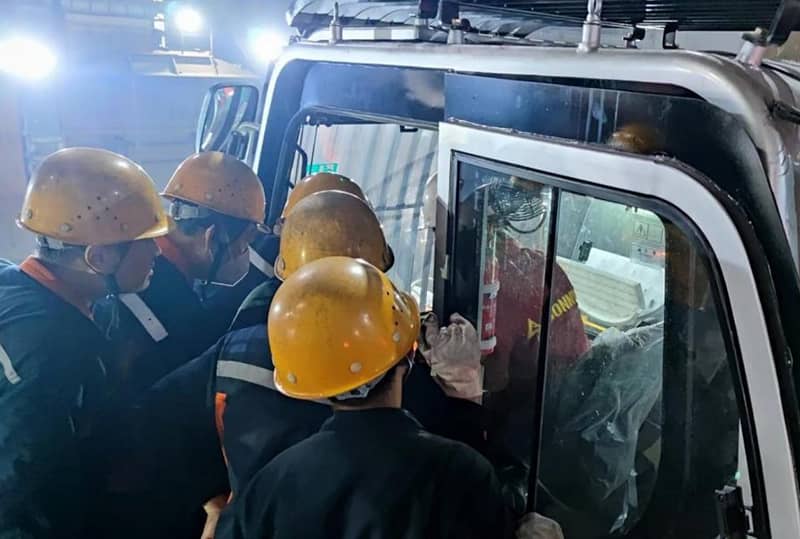
- 每日检查
对操作员进行培训,要求他们每天检查声光报警和参数显示是否正常,并禁止关闭限制器功能。任何异常情况都必须立即报告,并关闭设备。 - 定期校准
合格机构每年进行校准,调整传感器参数,更换老化部件,并保留校准记录。故障维修后需要重新检查。
V.动态跟踪标准
我们密切关注国家标准(例如 ANSI/ASME B30 的修订)的更新,并及时调整设计或维护计划。相关人员接受标准培训,以确保他们了解核心要求。
通过上述流程,SeeZol科技确保每一个力矩指示器从生产到使用的整个生命周期内都保持合规,满足安全标准要求。

